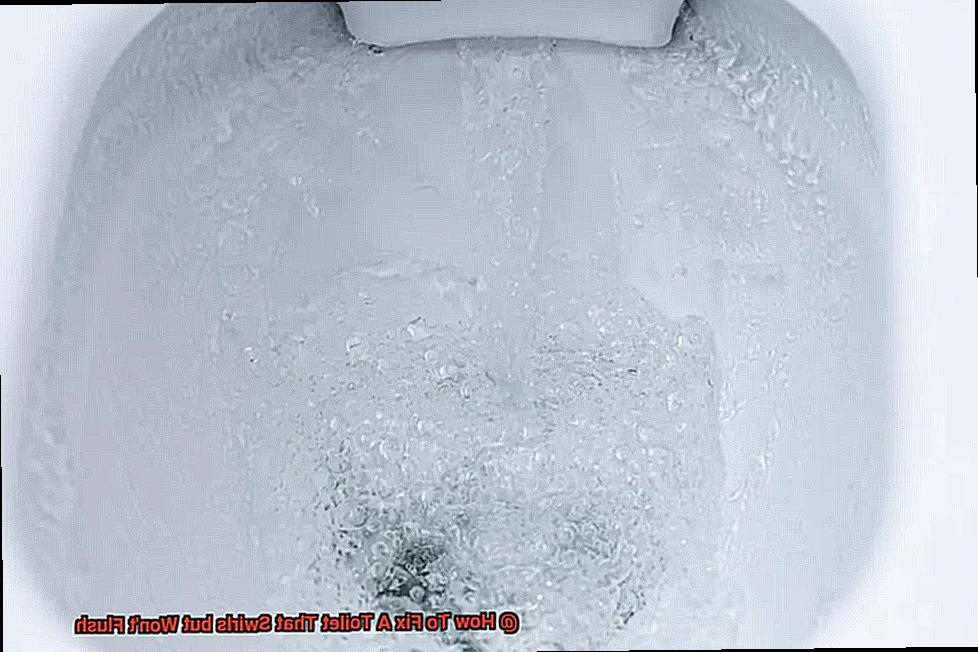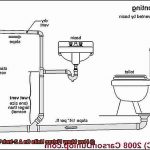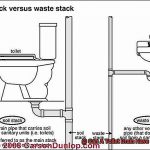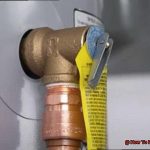Have you ever been in a situation where your toilet is swirling but stubbornly refuses to flush? It can be incredibly frustrating, not to mention time-consuming. You may find yourself repeatedly plunging away, hoping for a miracle that never seems to come. But fear not. This is a common issue that many homeowners face, and fixing it doesn’t have to be complicated.
In this article, we’ll explore how to fix a toilet that swirls but won’t flush. We’ll cover everything from the causes of the problem to the steps you need to take to solve it. You’ll learn how to diagnose the root of the issue and determine whether it requires a simple fix or a more complex repair.
But that’s not all – we’ll also delve into the science behind your toilet’s flushing mechanism. You’ll discover how water, air, and pressure work together in perfect harmony to create a smooth flush. And you’ll understand why even a minor failure in any of these components can cause swirling without actual flushing.
And if you’re wondering how best to prevent this issue from happening again in the future, we’ve got you covered there too. We’ll provide tips on routine maintenance that can help keep your toilet running smoothly for years to come.
So, whether you’re an experienced DIY enthusiast or just another homeowner tired of dealing with a stubborn swirling toilet, keep reading. We promise you’ll come away with all the knowledge and tools you need to fix your toilet once and for all.
Contents
Checking the Water Level
Don’t let a swirling but non-flushing toilet get you down. With a few simple steps, you can fix this issue without having to call in the professionals. The first thing you need to do is check the water level in your toilet tank.
To do this, remove the lid of the tank and ensure that the water level is at least one inch below the overflow tube. If it’s not, don’t worry, adjusting it is easy. All you need to do is adjust the float valve, which controls the water level in the tank. The float valve is typically a small plastic ball connected to a metal rod.
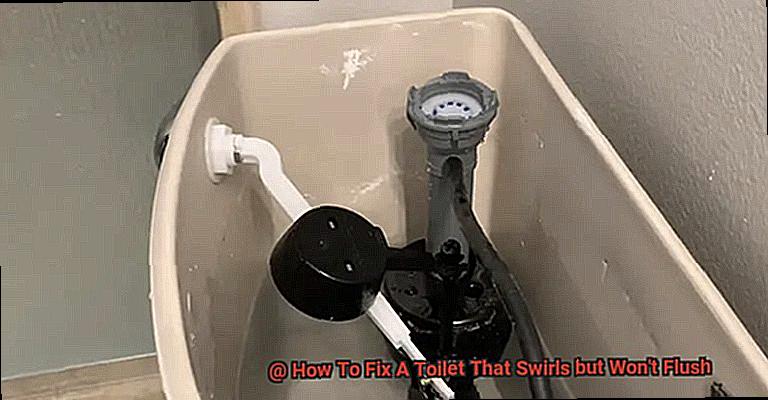
If the float valve isn’t working correctly, it may cause the water level to be too low or too high. To adjust it, gently bend the metal rod upwards or downwards until you reach the desired water level. Alternatively, you can adjust the screw on top of the fill valve to increase or decrease the water level.
After making these adjustments, give your toilet a flush to see if it has resolved the issue. If it hasn’t, move on to check for blockages in the toilet bowl or trap. You may also want to check your vent pipe for clogs. However, if none of these solutions work, there may be a more complicated issue with your toilet’s internal mechanisms.
Remember, checking and adjusting your toilet’s water level is a straightforward and effective way to fix a swirling but non-flushing toilet. By following these simple steps, you can often resolve this problem on your own without having to call in professional help.
Checking for Blockages
If you’re experiencing the frustration of a toilet that’s swirling but not flushing, fear not. You’re not alone in this common plumbing problem. The culprit? Blockages in the toilet trap or drain. But don’t worry, fixing it is easier than you might think.
The first step is to turn off the water supply to your toilet and flush it to remove as much water as possible. This will make it easier to identify and remove any blockages. Next, try using a plunger to loosen the blockage. If that doesn’t work, you can try using a plumbing snake to break up and remove the blockage.
But beware. Chemical drain cleaners should be avoided at all costs. Not only do they fail to resolve the problem, but they can corrode your pipes and cause further blockages. Stick to physical methods like plunging and snaking to avoid any long-term damage to your plumbing system.
If these methods don’t work, don’t panic. You may have a more serious blockage further down in your plumbing system that requires the attention of a professional plumber. They can diagnose and fix the problem for you, ensuring your plumbing system is back in working order.
It’s important to remember that checking for blockages in your toilet trap or drain is just one step towards fixing a swirling but non-flushing toilet. Adjusting the water level in your toilet tank and checking for vent pipe blockages are also important steps that can help resolve the issue.
Troubleshooting the Flapper Valve
You might be dealing with a malfunctioning flapper valve. This small but essential component controls water flow into the bowl and is critical for proper flushing. But fear not, troubleshooting the flapper valve is a breeze, and it can save you time and money.
Begin by inspecting the flapper valve for any damage or wear. If it appears to be in good condition, try adjusting the chain that connects it to the flush lever. A loose chain can prevent the flapper from closing properly, leading to water leaking into the bowl.
If adjusting the chain doesn’t do the trick, cleaning the flapper and valve seat where it sits can help. Mineral deposits can build up over time, preventing a tight seal. Use a soft brush and some vinegar or a commercial cleaner designed for this purpose to remove any buildup.
If none of these steps work, replacing the flapper valve entirely might be necessary. Flappers are affordable and easy to install, with most hardware stores carrying a variety of sizes and styles to fit different types of toilets.
By troubleshooting your flapper valve, you can restore proper function to your toilet and avoid costly repairs or water waste. Don’t let a swirling but non-flushing toilet get you down – take action and get your toilet back in working order today.
Clearing a Clogged Vent Pipe
It could be a clogged vent pipe causing all the trouble. But don’t worry, clearing a clogged vent pipe is not rocket science; with the right steps, you can restore your toilet’s proper function in no time.
To start, it’s crucial to understand how the vent pipe works. The vent pipe is an essential component of your plumbing system as it allows air to circulate and prevents a vacuum from forming in the drainpipes. When this vent pipe gets clogged, it disrupts the flushing process, causing the water to swirl but not flush down.
Clearing the clog is easy – first, locate the vent on your roof and remove any debris that may be blocking it. You can use a garden hose or a plumber’s snake to push through any blockages in the vent pipe. However, if the clog is too severe, it’s best to call in a professional plumber for assistance.
Before attempting to clear the clogged vent pipe, safety comes first. Ensure that you take all necessary precautions such as wearing appropriate clothing like gloves and safety glasses and using a sturdy and secure ladder. Also, turn off the water supply to the toilet before attempting any repairs.
In conclusion, clearing a clogged vent pipe is an effective solution for fixing a toilet that swirls but won’t flush. With these simple steps and safety precautions in mind, you can safely restore your plumbing system’s functionality. However, if you’re unsure about how to clear a clog or experience any difficulties during the process, don’t hesitate to seek professional help from a licensed plumber.
Internal Mechanism Issues
The root cause might lie in the internal mechanism of your toilet. But don’t worry – you don’t need to be an expert to identify and fix these issues.
One common culprit is the flapper valve. This valve controls the flow of water from the tank into the bowl when you flush. If it’s not sealing properly, water will escape and cause the swirling effect without flushing.
To fix this, turn off the water supply and drain the tank. Inspect the flapper valve for any wear or damage, and replace it with a new one if needed. Make sure to choose a compatible flapper valve that suits your toilet’s make and model.
Another issue could be a clogged jet – that small hole at the bottom of the bowl that helps create suction to move waste out of the bowl. Mineral deposits or other debris can obstruct it, causing the toilet to swirl but not flush. To fix this, use a wire coat hanger or plumber’s snake carefully to clean out the jet. Be careful not to scratch or damage the porcelain surface of the bowl while doing so.
Lastly, a faulty fill valve could be preventing enough water from entering the tank to create enough pressure for a proper flush. Turn off the water supply, remove the fill valve from the tank, and inspect it for any wear or damage. Replace it with a compatible one if necessary.
Fixing these internal mechanism issues might seem daunting at first, but they’re manageable with some basic plumbing skills and patience.
X6VlQPWwlVQ” >
Conclusion
In conclusion, a toilet that swirls but won’t flush can be an exasperating problem. However, there is no need to fret as the solution is not complicated or costly. By following the simple steps outlined in this article, you can easily identify and fix the issue yourself.
Firstly, check the water level in your toilet tank and ensure it’s at the right level. Secondly, inspect for blockages in your toilet trap or drain. Thirdly, troubleshoot the flapper valve to ensure it’s functioning properly. Fourthly, clear any clogged vent pipes that may be causing the problem. Finally, identify any internal mechanism issues that could be causing the toilet to swirl but not flush.
It’s important to note that regular maintenance is key to preventing this issue from recurring in the future. Simple tasks like cleaning and leak checks can significantly extend your toilet’s lifespan.
Don’t let a swirling but non-flushing toilet dampen your spirits. With some basic plumbing skills and a dollop of patience, you can effortlessly fix this issue without resorting to professional help.

